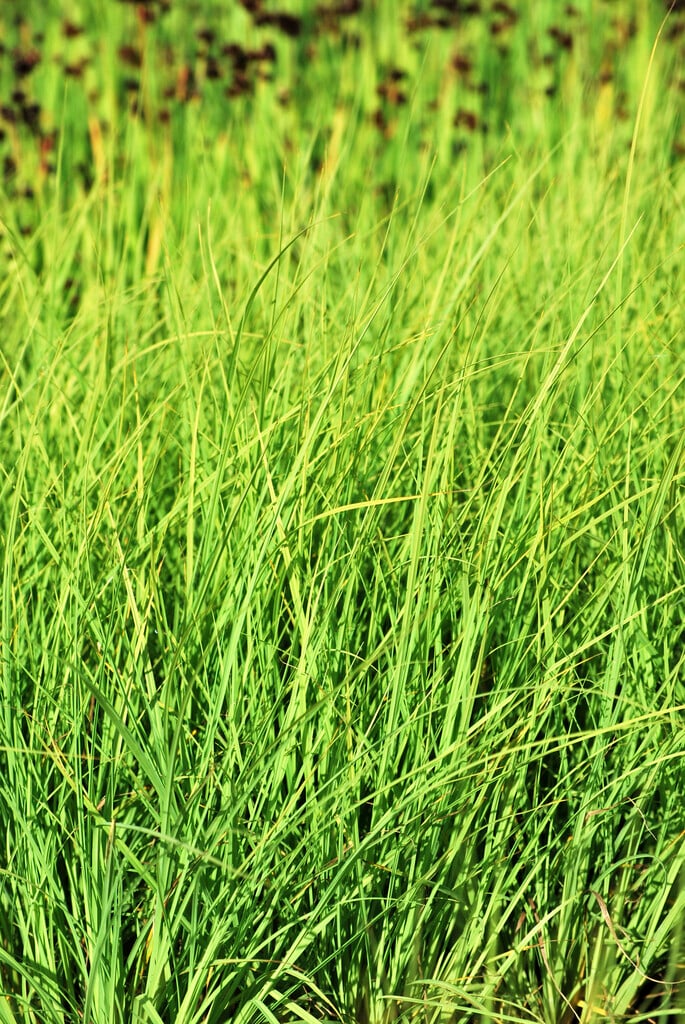Carex panicea
carnation sedge
Robust, clump-forming, gradually spreading, deciduous or semi-evergreen perennial sedge, about 30cm tall, with blue-green foliage. Carries dainty purplish-black flower spikes to 30cm long within the foliage, in summer

Buy this plant
Size
Ultimate height
0.1–0.5 metresTime to ultimate height
2–5 yearsUltimate spread
0.5–1 metresGrowing conditions
Moisture
Moist but well–drained, Well–drained, Poorly–drainedpH
Acid, Alkaline, NeutralColour & scent
| Stem | Flower | Foliage | Fruit | |
| Spring | Blue Green | |||
|---|---|---|---|---|
| Summer | Purple Black | Blue Green | ||
| Autumn | Blue Green | |||
| Winter |
Position
- Full sun
- Partial shade
Aspect
South–facing or West–facing or East–facing
Exposure
Exposed or Sheltered Hardiness
H7Botanical details
- Family
- Cyperaceae
- Native to GB / Ireland
- Yes
- Foliage
- Deciduous or Semi evergreen
- Habit
- Clump forming, Tufted
- Genus
Carex can be deciduous or evergreen, rhizomatous or tufted perennials, with triangular stems bearing linear or strap-shaped leaves and short or long spikes of tiny green or brown flowers
- Name status
Correct
How to grow
Cultivation
Tolerant of a wide range of growing conditions in full sun or part shade. Grow in waterside locations, boggy or wet soils and any moist but well drained or well-drained soils. See ornamental grasses cultivation, bog gardening and pond plants
Propagation
Propagate by seed in early spring or by division in mid spring to early summer
Suggested planting locations and garden types
- Coastal
- Cottage and informal garden
- Wildlife gardens
Pruning
No pruning required, tidy if possible as the foliage dies down at the end of the growing season
Pests
Generally pest-free
Diseases
Generally disease-free
Get involved
The Royal Horticultural Society is the UK’s leading gardening charity. We aim to enrich everyone’s life through plants, and make the UK a greener and more beautiful place.